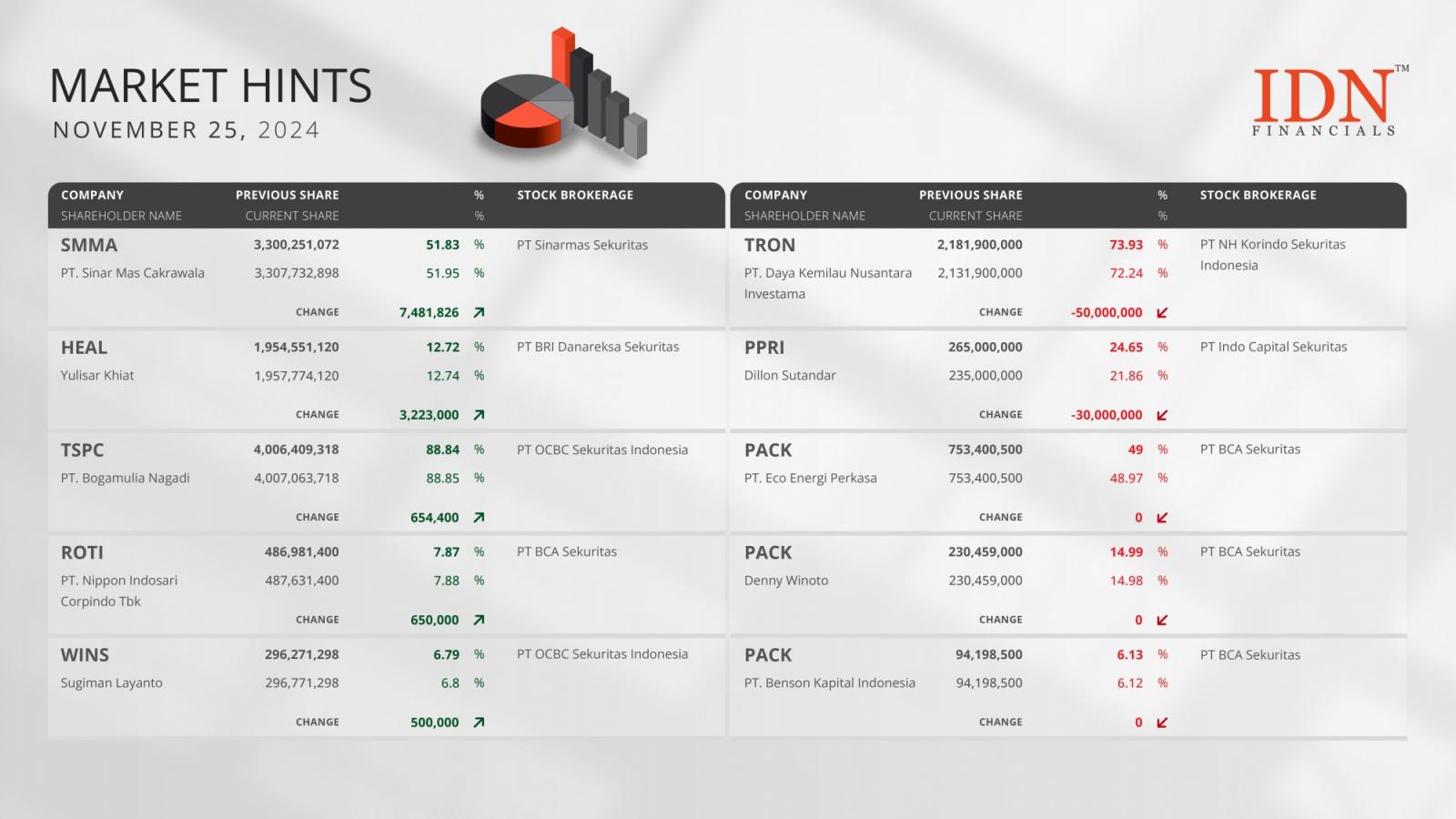The US employment rate unexpectedly jumped to 4.3% from 4.1% in July, triggering a sharp drop in risk assets on Friday.
This caused the Bitcoin price to plunge briefly below $63,000 as US recession fears rose. After briefly falling to $62,300, the Bitcoin price recovered to $63,000 as US equity markets reeled.
The weaker-than-expected headline US jobs number showed only 114,000 jobs added to the economy in July, falling short of the projected 176,000.
BREAKING: US economy adds 114,000 jobs in July, BELOW expectations of 176,000.
The unemployment rate rose to 4.3%, ABOVE expectations of 4.1%.
This marks the highest US unemployment rate since November 2021.
The labor market is beginning to crack.
— The Kobeissi Letter (@KobeissiLetter) August 2, 2024
However, the unexpected rise in unemployment stole the show, prompting concerns of a potential recession.
Economist Holger Zschaepitz highlighted the significance of this jump, noting that the Sahm Rule Recession indicator rose to 0.53 from 0.43. This surge indicates a heightened probability of a looming recession.
Sahm Rule Recession Indicator jumped to 0.53 from 0.43 following weak US jobs data, triggering a recession warning. The Sahm rule is a formula used to identify the start of a recession based on the unemployment rate. It triggers a recession warning when the 3mth moving avg of… pic.twitter.com/9b3CHEoIrR
— Holger Zschaepitz (@Schuldensuehner) August 2, 2024
With recession fears growing, US government bond yields plummeted as traders increased their expectations of a more aggressive rate-cutting cycle from the Fed.
Data from the CME’s Fed Watch Tool now suggests a greater than 70% likelihood of the Fed implementing a 50bps interest rate cut in September.
Why Are Fed Rate Cut Bets Not Positive for the Bitcoin Price?
This recent market activity begs the question: why haven’t rising expectations for Fed rate cuts translated into positive momentum for the Bitcoin price?
Typically, such expectations are viewed as a positive catalyst for Bitcoin. However, the current situation deviates from this norm. The underlying reason for the Fed’s potential rate cuts holds significant weight.
Rate cuts aimed at maintaining a balanced, non-recessionary economy would likely benefit risk assets like Bitcoin.
Conversely, if overly tight financial conditions and a looming recession force the Fed into rushed rate cuts, this presents a less favorable scenario. This misstep from the Fed has the potential to harm the economy.
Consider the impact of the Fed’s actions in 2021 and 2022. Allowing the economy to overheat in 2021 led to forced, sharp interest rate hikes in 2022, ultimately harming Bitcoin.
Similarly, maintaining excessively high interest rates in 2024, potentially leading to rushed rate cuts, could also negatively impact Bitcoin.
Where Next for Bitcoin?
Until recently, the prevailing market assumption was that the Fed would achieve a “soft landing” – controlling inflation without triggering a recession.
This assumption previously allowed rising expectations for Fed rate cuts to bolster risk assets, including Bitcoin.
However, recent data challenging this narrative have made the outlook more complex, potentially increasing downside risks for Bitcoin’s price.
Bitcoin currently faces additional challenges. For example, US Vice President Kamala Harris’ implied probability of winning the November presidential election has increased.
Kamala Harris' election odds just hit a new all-time high. pic.twitter.com/its4N1BHzf
— Polymarket (@Polymarket) August 1, 2024
Crypto markets appear to interpret this as a negative sign, given former President Trump’s perceived pro-crypto stance.
The looming supply overhang from the US government and Mt Gox creditors adds further pressure.
Should support at the 50 and 200-day moving averages ($63,100 and $61,300, respectively) falter, a decline below $60,000 is possible, potentially leading to a retest of recent lows around $53,000.
Lower Interest Rate, Politics to Power BTC Price Rebound?
While a US recession could initially hinder Bitcoin’s price, assuming its demise would be premature.
Although recession fears may initially pressure Bitcoin, lower interest rates could ultimately fuel a significant recovery.
Consider 2020, when global central banks slashed interest rates to zero to support economies ravaged by Covid-19 lockdowns.
Despite an initial decline, the Bitcoin price mounted a substantial comeback in late 2020 and into 2021.
A sharp decrease in Fed interest rates could inject liquidity into the market, potentially fueling a robust Bitcoin price rebound. Other factors could contribute to a potential rebound.
The upcoming US presidential election could significantly impact the cryptocurrency market.
While former President Trump is generally viewed as pro-crypto, many Democrats advocate for more crypto-friendly policies within their party.
This suggests a potential shift in the US political climate regarding cryptocurrency.
The Halving’s Significance
Also, consider the impact of Bitcoin’s recent halving.
$BTC post-halving rally hasn't even started yet
Those who are selling #Bitcoin now will regret!👀 pic.twitter.com/DGg976qs4R
— Elja (@Eljaboom) August 2, 2024
Historically, Bitcoin has displayed a tendency for substantial rallies, often reaching new highs approximately six months after each halving event. The next six-month mark falls in October..





